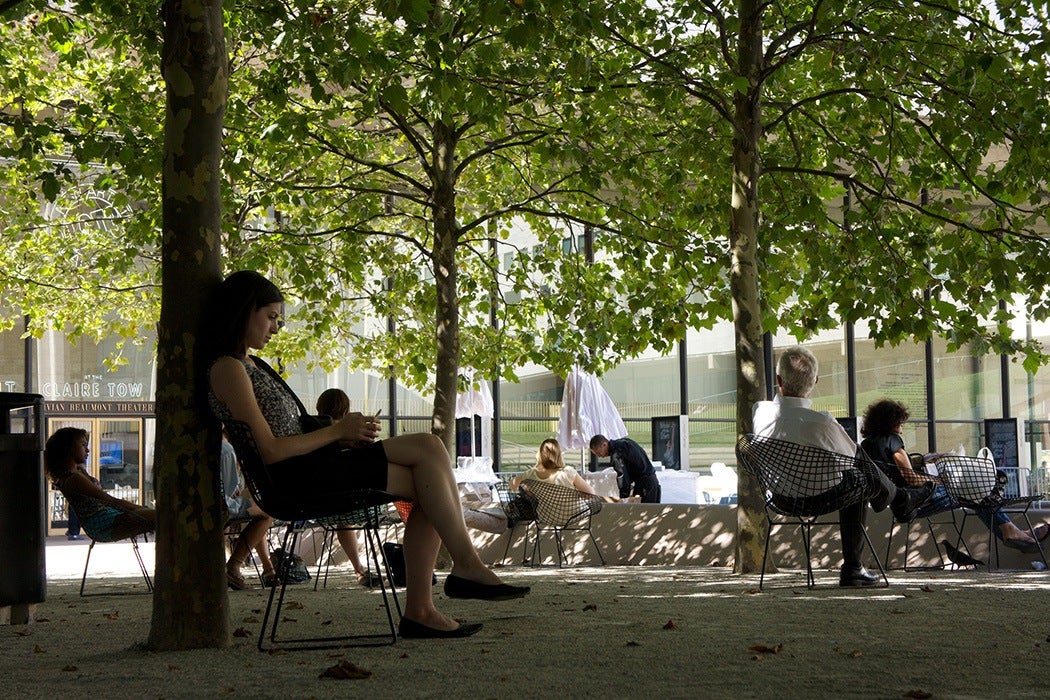The United States’ new Environmental Protection Agency chief announced this week that he would reject a ban on the insecticide chlorpyrifos, despite the E.P.A.’s own recommendation for a ban on the chemical, citing the harm it can cause farm workers and children. It’s a move that has some readers remembering The Lorax, and wondering, in a world where the E.P.A. denies climate change, who speaks for the trees?
Well, David George Haskell, for one. His new nonfiction book, The Song of the Trees: Stories From Nature’s Great Connectors, explores trees’ connections with communities of fungi, bacteria, plants, and animals. In the book, the Pulitzer-Prize-nominated Haskell develops relationships with specific trees, repeatedly visiting a dozen throughout the world and exploring their various networks and connections. He notes that trees do not exist in isolation; though their “trunks seemingly stand as detached individuals, their lives subvert this atomistic view.”
We’ve written before about how trees communicate with each other using a fungal network. Here’s a fascinating look at how sustainable tree-planting practices can help to create sustainable cities. This chapter from an open-access book suggests that humans have a lot to learn from trees. And there’s a lot more information about how plants are interconnected with each other, as we are interconnected with plants, over at the new JSTOR Sustainability collection. The trees may not be able to speak up for themselves, but they’re definitely saying something.







